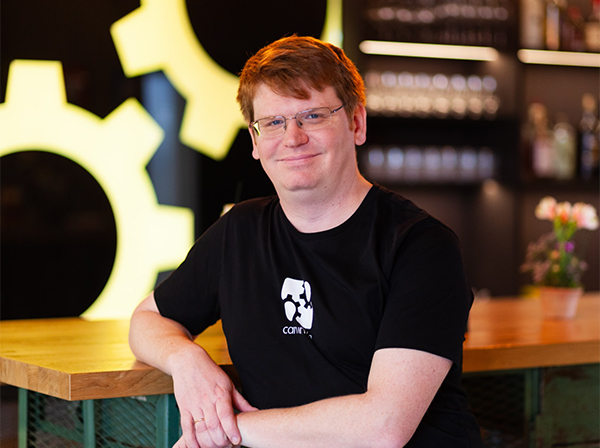
Click to learn more about author Jakob Freund.
The pandemic has been a massive forcing function for many companies to move even faster with their digital transformation and process automation efforts. In fact, research from McKinsey found that companies accelerated their timelines for digitizing their customer, supply chain, and internal operations processes by three to four years. Many organizations believe that to meet their automation goals, they must rip and replace their legacy technology infrastructure and applications in favor of a modern, cloud-native architecture. That couldn’t be further from the truth.
Rip-and-replace efforts can be painful, expensive, and long-lasting. At their worst, these initiatives can cost multiple millions of dollars and bring critical business processes to a grinding halt. That’s not to say that modernization efforts should be abandoned altogether. Reuters estimates that 220 billion lines of COBOL code are still in production, with fewer and fewer developers with legacy skills available to maintain these business-critical systems.
Instead, a measured approach to gradual digital transformation can help teams automate the most important, customer-facing business processes while giving enough breathing room for IT to make the necessary infrastructure and software architecture changes over time. Here’s how.
Illustrating a Gradual Transformation Approach
The best way to illustrate a gradual approach to digital transformation is through an example. A telecommunications company is trying to modernize its business processes, particularly those mundane, repetitive tasks done by customer service representatives. Automating these processes will not only save time for their employees but also result in a better overall customer experience.
The first step in their gradual transformation process might involve taking some of these tasks and automating them with robotic process automation (RPA) bots. For example, RPA could automate a simple process of checking a consumer’s credit before setting up an account.
The next step might be to orchestrate these bots. Orchestration ties together business processes that may include multiple bots, other IT systems, or supervisor approvals. In this example, after the credit check is completed, there may be a string of other processes involved in setting up an account, some of which can be automated, some of which require human interaction.
The final step might be to sunset one of the RPA bots within the end-to-end and replace it with a robust, microservices-based application. The mistake most organizations make is to think about rewriting all of these applications at the same time, which can take important systems offline and disrupt employees’ workflows.
A gradual approach allows for some experimentation in automation, making an important, customer-facing process faster immediately. Interim steps allow the IT team to make important decisions on how these processes should tie together before they take on larger and potentially more disruptive application rewrites. That way, teams can work with the old, take advantage of the new, and tie the two together seamlessly.
How to Get Started with Gradual Transformation
It’s important not to let certain promising technologies, like RPA, derail digital transformation efforts for too long. While these technologies give the illusion of cost-effectiveness and efficiency, they don’t work when underlying legacy systems break down. This type of superficial automation isn’t enough.
Instead, mapping out the ecosystem of processes and choreographing their parts can be a far more effective approach. These parts would include the people, systems, and devices that are core to the process behind the scenes. Certain open-source standards, such as Business Process Model and Notation (BPMN), can help both developers and line-of-business managers identify how processes work in a visual flowchart-style model.
With everything visualized, it can be easier to identify the business processes that impact customers the most. Rather than prioritizing based on technology stack, choose to prioritize automation projects that will impact the bottom line or increase customer satisfaction in a meaningful way. From there, it’s possible to create a more effective roadmap for process automation. Teams can either learn how to leverage existing IT systems with RPA or invest in rewriting business processes as microservices. As these projects come to fruition, end-to-end process orchestration technology can help drive the transition between the old and the new.
Most organizations know that legacy technology and processes can hold them back from competing with the likes of automation giants like Amazon and scrappy, cloud-native startups alike. Ripping and replacing legacy systems all in one swoop isn’t the answer to these competitive pressures. An underrated part about modernization involves finding better ways to work with what you have while reinventing what you don’t. To put it another way, moving fast doesn’t always mean having to break things.
